"Transform shadows into glow; let your true beauty show."
Are You Noticing Shadows Under Your Eyes? Dark circles under the eyes are a common concern for many individuals, often causing them to look more tired or older than they actually are. But what exactly contributes to the appearance of these unwelcome shadows, and how can they be addressed?
At NU.U Clinic, patients receive personalised care that acknowledges their unique experiences with dark circles, offering tailored solutions designed to enhance their individual features and skin conditions.
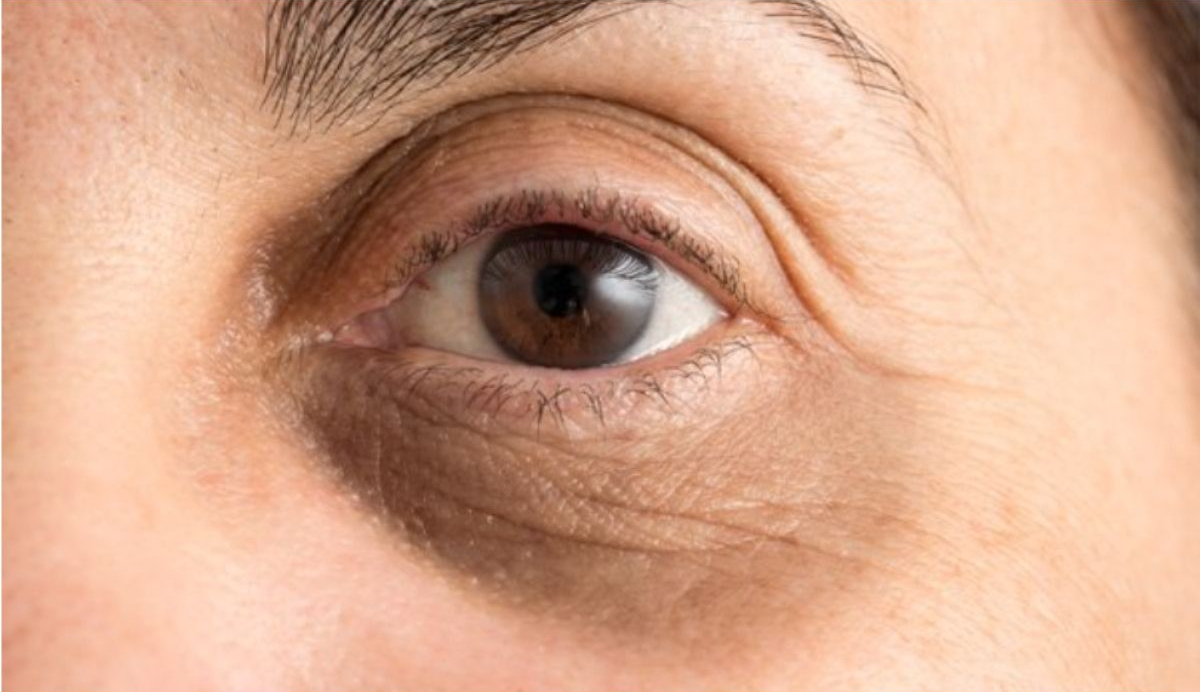
Dark Circles
Dark circles refer to the darker pigmentation found beneath the eyes, which can vary in colour from blue to black depending on various factors like skin tone and underlying blood vessels. These circles may simply be a cosmetic concern for some, while for others, they might indicate underlying health conditions or lifestyle habits needing attention.
Causes of Dark Circles

Genetics and Facial Structure
Our genetic makeup plays a crucial role in determining our susceptibility to dark circles. Specific facial features, such as a pronounced tear trough or nasojugal groove, can create shadowing under the eyes, intensifying the look of dark circles. Furthermore, genetic factors can influence the onset of changes in facial fat distribution, particularly after the age of 25, potentially exacerbating the appearance of dark circles as the facial structures evolve over time.

Lifestyle Factors
Beyond inherent genetic traits and skin characteristics, lifestyle choices can significantly impact the severity of dark circles. Stress, consuming too much alcohol, and smoking can cause dark circles.

Dermatitis
Skin issues such as eczema or dermatitis might make dark circles under the eyes more noticeable. When these conditions cause inflammation and irritation near the eyes, they can prompt you to rub the area. This rubbing not only aggravates the skin condition but also can darken the skin under the eyes even further. It's important to treat these skin issues properly to reduce both the irritation and the dark circles.
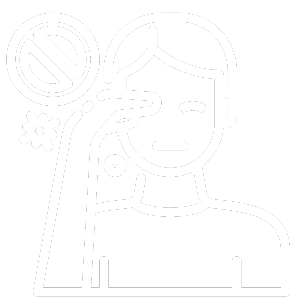
Rubbing Your Eyes
Frequent eye rubbing, whether due to allergies, fatigue, or just habit, can contribute significantly to the development of dark circles. The delicate skin and blood vessels around the eyes are susceptible to damage and discolouration from constant pressure and friction, leading to the exacerbation of dark circles over time.
Hyperpigmentation
An increase in melanin production, known as hyperpigmentation, can cause the skin under the eyes to appear darker. This condition may be influenced by factors like sun exposure, ageing, or genetic predisposition. Hyperpigmentation is a common cause of dark circles and requires targeted treatment strategies to address the excess melanin effectively.

Dehydration
Insufficient hydration can cause the skin to appear dull and the eyes to look sunken, both of which can accentuate the appearance of dark circles. Maintaining adequate hydration is essential for overall skin health and can help minimise the severity of dark circles.
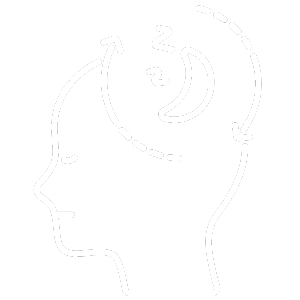
Lack of Sleep
One of the most well-known contributors to dark circles is a lack of sufficient sleep. Fatigue can cause the skin to become pale and translucent, allowing the dark blood vessels beneath to become more visible. Ensuring a good night's sleep is a simple yet effective way to reduce the appearance of dark circles and improve overall skin health.
Types of Dark Circles

Superficial Vasculature
One common cause of dark circles is the increased visibility of the blood vessels beneath the thin skin under the eyes. This enhanced visibility can occur due to skin thinning with age or factors that cause the blood vessels to widen or become more pronounced. The result is a bluish or reddish tint that contributes to the appearance of dark circles.

Melanin and Pigment Deposit
In some cases, dark circles are primarily the result of melanin overproduction in the under-eye area. Melanocytes, the cells responsible for pigment production, can deposit excess melanin in the skin, leading to darker pigmentation. This overproduction may be triggered by factors like sun exposure, genetic predisposition, or inflammation.

Periorbital Oedema
Dark circles can also stem from periorbital edema, where fluid accumulation and congestion in the blood vessels around the eyes lead to puffiness and a darkened appearance. This fluid retention can cast shadows and make the under-eye area appear darker. Addressing the underlying causes of oedema and improving lymphatic drainage can help alleviate this type of dark circle.

Shadowing
Some dark circles occur due to the shadowing effect caused by the anatomical contours of the face, such as deep tear troughs or prominent eye bags. These structural elements can create shadows that give the illusion of dark circles, particularly under certain lighting conditions. Treatments may include procedures that alter the light reflection or volume in the under-eye area, reducing the appearance of shadows.
Treatments for Dark Circles
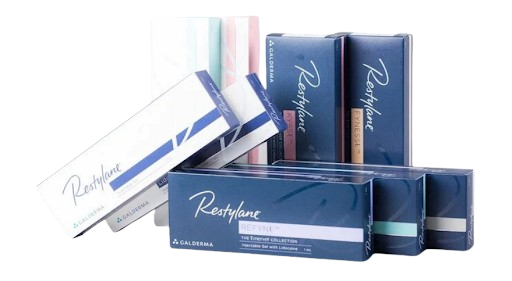
Restylane
Restylane is recognised for its efficacy in treating under-eye dark circles, particularly those resulting from loss of volume or structural shifts in the facial contours. Applying Restylane carefully can revitalise the eye area, achieving a more vibrant and youthful appearance without an overdone look.
Precise injections of Restylane are employed to correct the under-eye hollows and shadows, key contributors to dark circles. By replenishing volume and enhancing the transition from the lower eyelid to the cheek, Restylane effectively minimises dark circle visibility, fostering a brighter, more refreshed appearance.
How Does Restylane Work?
- Innovative Gel Technologies: Utilising two advanced gel technologies, NASHA™ and OBT™, Restylane provides customised, natural-looking enhancements. The fillers restore volume and structure to the under-eye area, subtly diminishing the appearance of dark circles while maintaining the individual’s natural facial dynamics.
- Hyaluronic Acid-Based Fillers: The key ingredient in Restylane is non-animal stabilised hyaluronic acid (NASHA), eliminating the need for pre-treatment skin tests and minimising allergic reaction risks. This ingredient mimics the body’s hyaluronic acid, offering compatibility and longevity, with effects that are both significant and aesthetically pleasing.
- Expert Application: A typical Restylane treatment for dark circles, as administered by experienced professionals like Dr. Chew, takes about 30 minutes. This includes preparation time for a topical anaesthetic, ensuring a comfortable experience throughout the procedure.
Results and Maintenance
- Lasting Results: The effects of Restylane for dark circles are durable, typically lasting between 6 to 12 months. With strategic follow-up treatments, the improvements can extend up to 18 months, allowing for sustained enhancement of the under-eye area.
- Minimal Downtime: One of the major advantages of Restylane treatment is the minimal downtime involved. Patients can typically resume their daily activities immediately post-procedure, making it a convenient option for those seeking effective solutions for dark circles with limited interruption to their lifestyles.
Conclusion
Dark circles are a common concern that can affect anyone, stemming from various factors like genetics, lifestyle, or ageing. Addressing them effectively requires understanding their specific causes and considering individual skin needs. Various treatments, including lifestyle modifications, skincare products, and medical procedures, offer effective solutions for those seeking to minimise these under-eye shadows.
At NU.U Clinic, personalised care and detailed assessment form the cornerstone of treating dark circles, ensuring that each patient receives a tailored treatment plan. The clinic’s commitment to individualised strategies provides patients with effective solutions, helping them achieve a brighter and more youthful under-eye appearance.
"Eyes are the windows to the soul; let them shine brightly."





 +65 6732 9989
+65 6732 9989 +65 9152 3582
+65 9152 3582